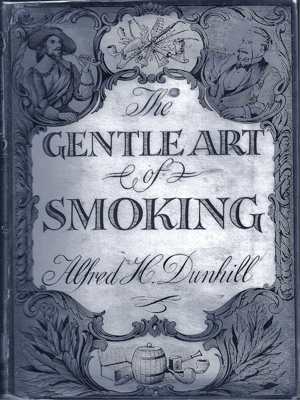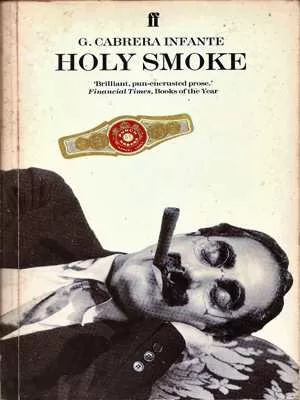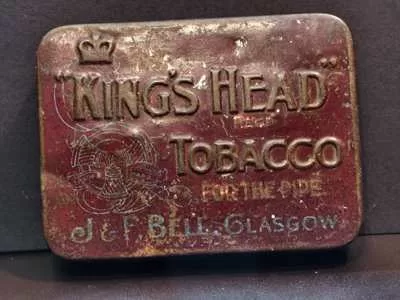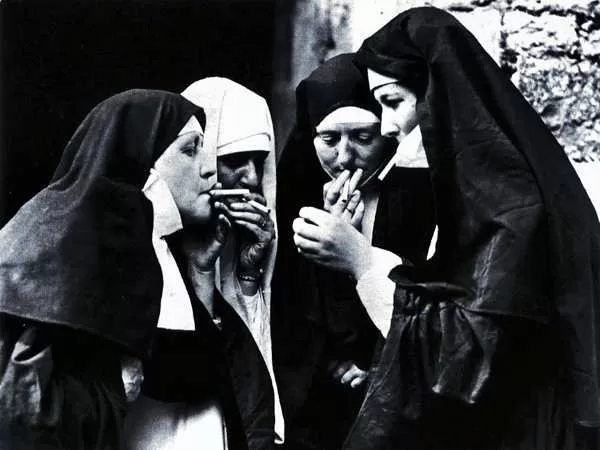In the world of tobacco, opinions have always been divided—some have praised its pleasures, while others have condemned it fiercely. The journey of smoking, from a taboo practice to a symbol of sophistication and rebellion, reflects broader cultural shifts. From King James I’s vehement opposition to the celebrated allure of cigars, the history of smoking is as rich and varied as the aromas of the tobaccos themselves.
Smoking’s Early Critics: King James I and His Fierce Rejection

Smoking wasn’t always fashionable. In the early 17th century, King James I of England (and VI of Scotland) was one of the most prominent critics of tobacco. In his 1604 pamphlet A Counterblaste to Tobacco, King James harshly condemned smoking, describing it as “a custom loathsome to the eye, hateful to the nose, harmful to the brain, and dangerous to the lungs.” He likened the rising smoke to “the horrible Stigian smoke of the pit that is bottomless.”
King James, also known for his book on witchcraft, Daemonologie, clearly had strong opinions about societal vices, earning him the title “the wisest fool in Christendom.” Yet, despite his efforts, smoking only grew in popularity, spreading across Europe like wildfire.
Gentle Art of Smoking: A Renaissance of Appreciation
Fast forward to the 20th century, when smoking gained a newfound appreciation, bolstered by books that celebrated its art and history. One notable work is The Gentle Art of Smoking by A.H. Dunhill, published in 1954. Dunhill’s book chronicles the journey of tobacco from the Americas to Europe, highlighting its fluctuating popularity—from pipe-smoking’s initial rise to the 19th-century snuff craze, and later, the widespread adoption of cigarettes during the Napoleonic and Crimean Wars.

Dunhill’s writings capture a time when the conventional bans on smoking began to relax, though curious restrictions persisted. For example, pipe-smoking was often discouraged in spaces where cigars and cigarettes were allowed, a quirk rooted in Victorian sensibilities. Dunhill’s insights provide a fascinating snapshot of how societal norms around smoking evolved, highlighting the ebb and flow of tobacco trends.
Cigar Culture: The Wit and Wisdom of Holy Smoke
While Dunhill’s work offers a comprehensive look at smoking’s evolution, Guillermo Cabrera Infante’s Holy Smoke (1985) takes a more whimsical approach. Infante, a Cuban exile, delves into the history of the cigar with a witty and irreverent style, peppering his prose with puns and cultural references. His dedication—”To my father who at the age of 84 doesn’t smoke yet”—sets the tone for a book that blends history with humor, capturing the cigar’s enduring allure.
Infante’s work celebrates the ritual of cigar smoking, a practice steeped in tradition and symbolism. Cigars have long been associated with leisure, luxury, and even rebellion, making them a favorite among writers, politicians, and celebrities alike. For Infante, smoking a cigar was not just an act—it was an experience, a connection to a storied past.
Smoking Accessories: A Nostalgic Glimpse Into the Past

Smoking paraphernalia has evolved alongside the practice itself, becoming collectible artifacts of a bygone era. Vintage tobacco tins, like the embossed Swan rolling-tobacco tin, evoke a time when smoking was not just about the act but also about the aesthetic. These tins were often repurposed to store anything from nails to seeds, finding a second life in garden sheds across the country.
Another classic accessory is the Vesta case, a portable matchbox holder named after Vesta, the Roman goddess of the hearth. These cases, often made from brass or silver, were designed to keep matches safe and were struck on the serrated base when needed. Alongside cigarette cases, leather cigar pouches, and Art Deco snuff boxes, these items tell the story of a culture that prized the ritual of smoking.
Changing Tide: Cigarettes and Modern Smoking Culture
By the mid-20th century, cigarette smoking had skyrocketed, with Dunhill noting that by 1954, four-fifths of all tobacco used was made into cigarettes. This surge in popularity mirrored societal shifts, as cigarettes became symbols of modernity and rebellion, popularized by film stars and marketed to the masses.
Publications like Cigar Aficionado, edited by Marvin R. Shanken, further fueled interest in cigar culture, offering insights on selecting, storing, and enjoying cigars. The magazine, which grew from humble beginnings to a circulation of 400,000, underscores the ongoing fascination with smoking as an art form.
Legacy of Smoking: A Complex Cultural Phenomenon
Today, smoking’s legacy is complex—once a symbol of sophistication and defiance, now viewed through the lens of health and societal impact. Yet, its cultural footprint remains undeniable, from the literature of rebellious writers to the ornate smoking accessories that once adorned gentleman’s clubs and parlors.
The world of smoking, with all its contradictions and charms, tells a story of human indulgence, artistry, and resistance to authority. It’s a tale that, much like a fine cigar, lingers long after the smoke has cleared. Tomorrow, we’ll light up another intriguing topic—mustard’s spicy journey through history.

